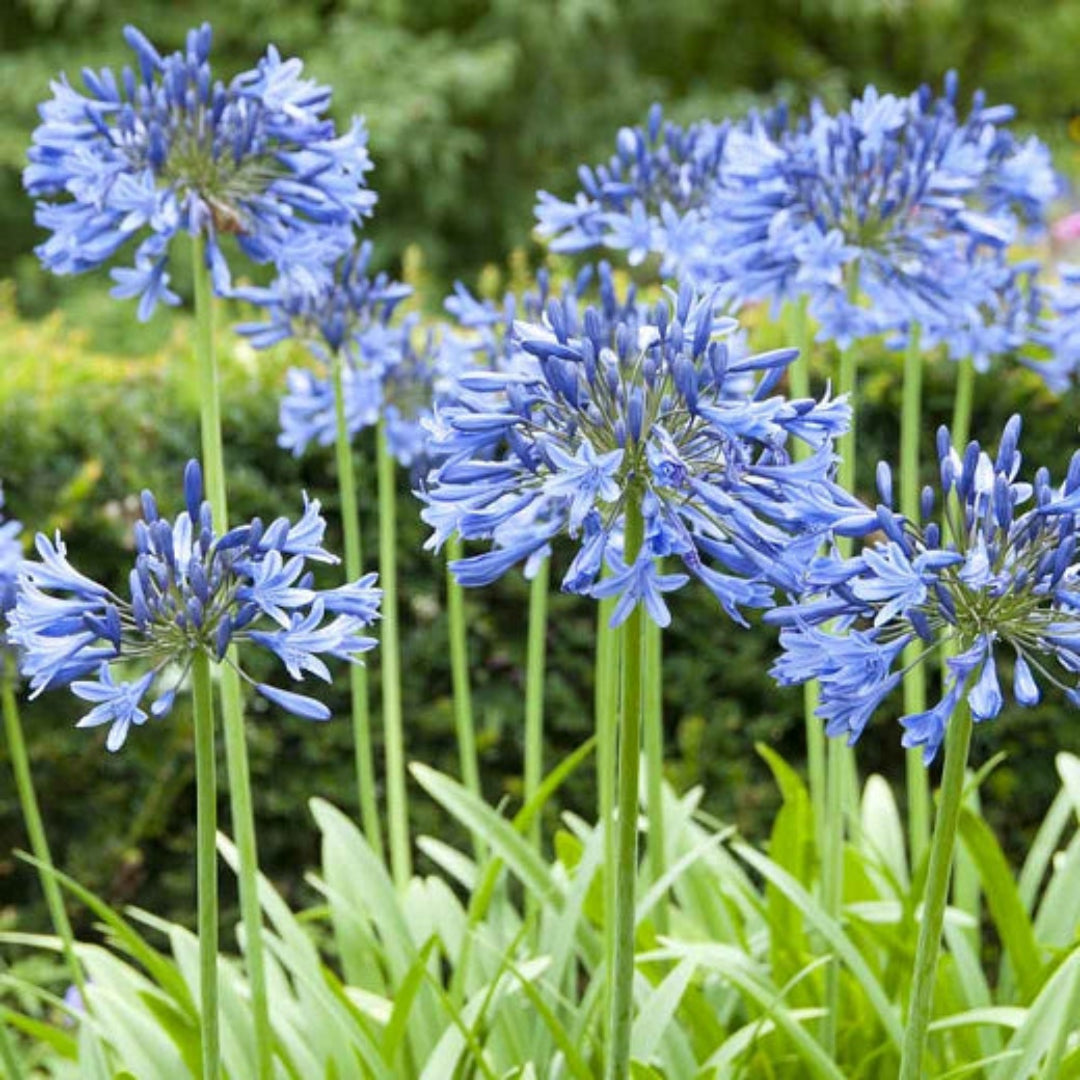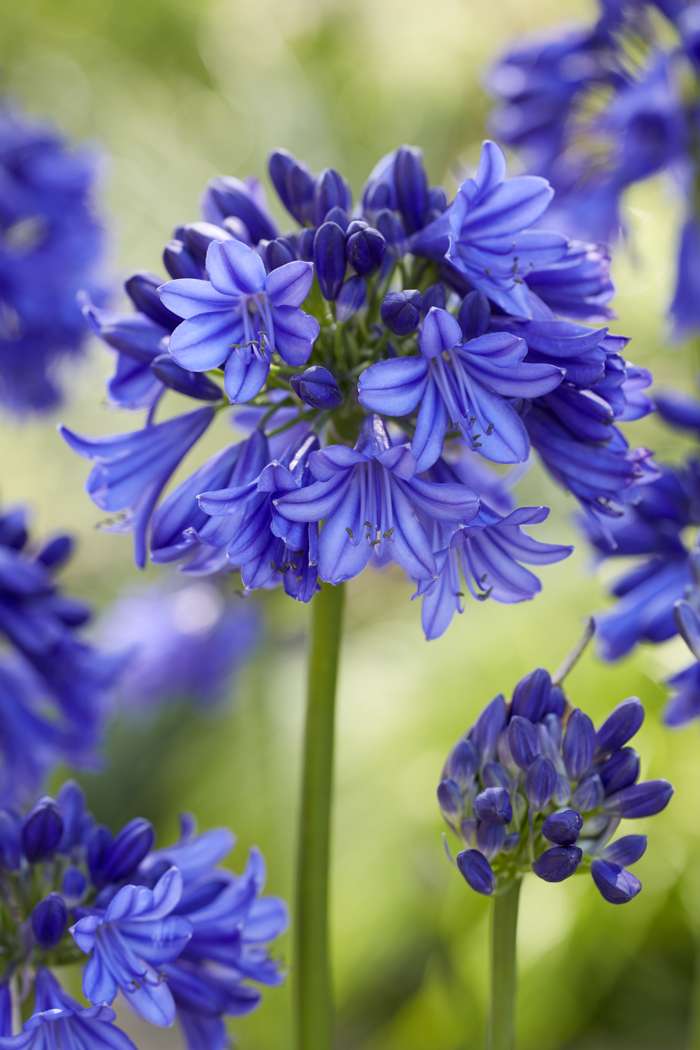Agapanthus Treatment Tips for Lush and Vibrant Flowers
Agapanthus Treatment Tips for Lush and Vibrant Flowers
Blog Article
Mastering the Art of Agapanthus Care: Essential Steps for Healthy Growth and Vibrant Blooms
In the realm of cultivation, the farming of agapanthus stands as a fulfilling venture for those who seek to support these sophisticated blooming plants. From picking the right selection to understanding trimming techniques, the journey in the direction of cultivating flourishing agapanthus plants is complex and holds the crucial to opening the complete possibility of these agricultural treasures.

Choosing the Right Agapanthus Variety

When selecting the ideal Agapanthus range for your garden, consider aspects such as climate suitability, blossom shade, and growth habit. Agapanthus, frequently referred to as Lily of the Nile or African lily, can be found in a range of colors varying from shades of purple and blue to white. Select a flower color that matches your existing yard scheme to develop an unified landscape. Additionally, take into consideration the environment in your region to make sure the Agapanthus selection you choose can thrive in your details conditions. Some varieties are more tolerant of cold temperatures, while others favor warmer environments. Comprehending the development routine of various Agapanthus selections is crucial for correct positioning within your garden. Some ranges have a clumping growth practice, ideal for containers or boundaries, while others have an even more spreading nature, appropriate for ground cover or mass growings. By carefully reviewing these elements, you can select the best Agapanthus variety to boost the appeal of your garden.
Ideal Growing Problems
Thinking about the optimal ecological demands is necessary for effective Agapanthus farming. Agapanthus prospers in well-draining dirt with a somewhat acidic to neutral pH level. When planting, choose a place that gets full sunshine to partial shade. In hotter environments, offering some mid-day shade can stop scorching of the fallen leaves. Agapanthus plants are sensitive to cool temperatures and need to be shielded from frost throughout winter season.
To ensure healthy and balanced growth and lively flowers, plant Agapanthus light bulbs at a deepness of about 2-4 inches and room them 8-12 inches apart. Mulching around the base of the plants aids retain moisture and subdues weed development.
Watering and Feeding Tips
Keeping appropriate wetness degrees and providing necessary nutrients are key aspects in the care program for Agapanthus plants. When it comes to sprinkling Agapanthus, it is critical to strike a balance. These plants prefer regularly wet dirt but are prone to root rot if overwatered.
Feeding Agapanthus is necessary for advertising healthy and balanced development and respected blossoms. Apply a balanced plant food, such as a 10-10-10 formula, in the early springtime as new development arises. Repeat this application every 6-8 weeks throughout the growing period. Prevent extreme fertilization, as it can cause lavish foliage at the expenditure of flowers. Always comply with the producer's guidelines for proper dilution and application techniques. By adhering to these watering and fertilizing pointers, you can guarantee your Agapanthus plants grow and produce vibrant, long-lasting blossoms.
Pruning Techniques for Agapanthus
Trimming Agapanthus plants at the ideal times and with appropriate strategies is important for keeping their health and advertising optimal development and blooming. The excellent time to prune Agapanthus remains in late wintertime or early springtime prior to new development emerges. Beginning by removing any type of yellowing or dead fallen leaves near the base of the plant. Cut them as close to the ground as feasible without harming the arising shoots.
For flowered stems, wait till the flowers have withered and afterwards cut them back to the base. This not just cleans up the plant's appearance yet additionally motivates the growth of brand-new blossom buds. Deadheading invested blossoms can likewise reroute the plant's energy into producing even more blossoms instead than setting seeds. Nevertheless, if you wish to collect seeds for propagation, leave some blossoms to dry and mature on the plant.
Bear in mind to make use of tidy, Visit This Link sharp tools to make exact cuts and decrease the danger of introducing diseases. Agapanthus. Regular pruning will help keep your Agapanthus looking healthy and neat while making sure a bountiful display screen of lovely flowers
Dealing With Common Parasites and Diseases
After ensuring appropriate pruning methods for Agapanthus, it is essential to address usual pests and illness that can affect the health and wellness and vitality of these plants. One common pest that impacts Agapanthus is the Agapanthus gall midget.
One more common concern is fungal leaf spot, which provides as dark sores on the fallen leaves. To prevent fungal diseases, make certain great air flow around the plants, prevent overhead watering, and get rid of any infected leaves immediately. Furthermore, Agapanthus plants can experience from root rot if they are planted in badly draining pipes dirt. To stop this, plant Agapanthus in well-draining dirt and avoid overwatering. By being alert and taking prompt action versus insects and illness, you can aid your Agapanthus plants prosper and produce vibrant blossoms.

Conclusion
Finally, understanding the art of agapanthus treatment includes choosing the appropriate variety, offering optimal growing problems, proper watering and fertilizing, proper trimming techniques, and resolving common pests and diseases. By following these important steps, you can guarantee healthy development and vivid blossoms for your agapanthus plants. Keep in mind to frequently monitor and maintain your plants to promote their overall health and durability.
To guarantee healthy development and vibrant blooms, plant Agapanthus bulbs at a deepness of about 2-4 inches and area them 8-12 inches apart. By adhering to these watering and fertilizing pointers, you visit the website can ensure your Agapanthus plants flourish and produce dynamic, lasting flowers.
One common parasite that impacts Agapanthus is the Agapanthus gall midge. In addition, Agapanthus plants can experience from origin rot if they are grown in poorly draining Full Report soil. By complying with these vital steps, you can make sure healthy development and dynamic blossoms for your agapanthus plants.
Report this page